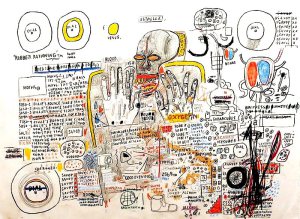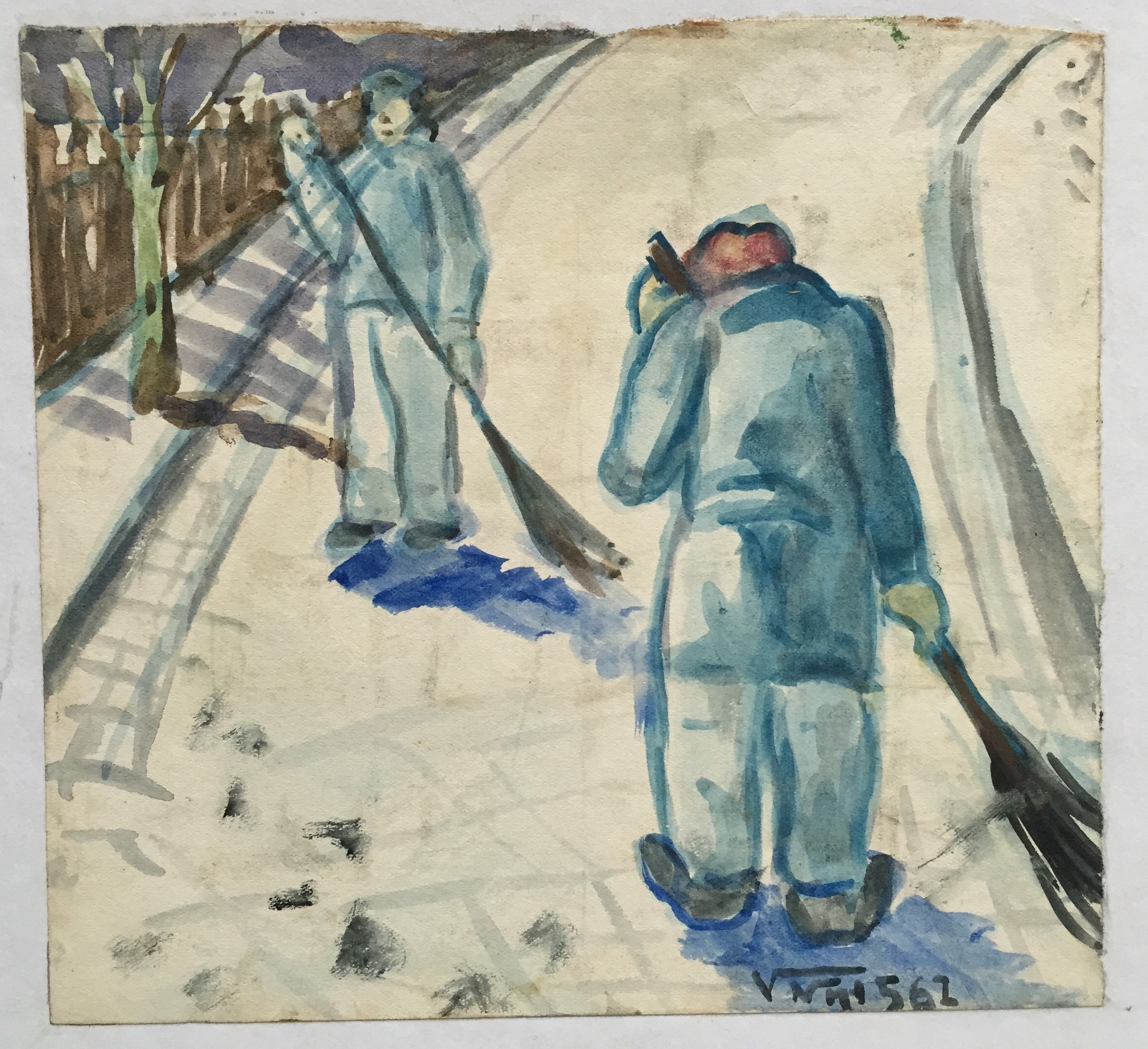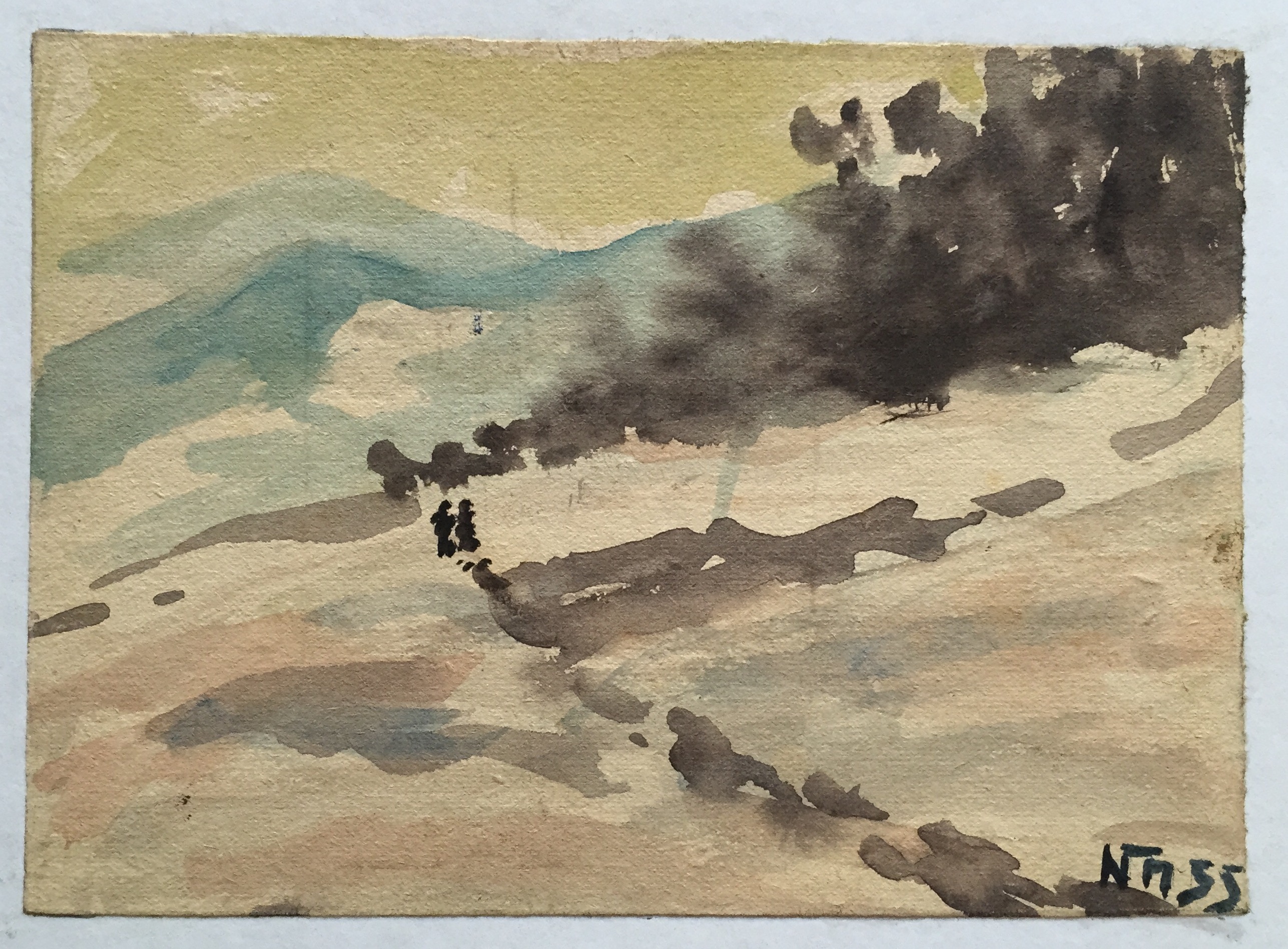It is well documented that Oskar Kokoschka travelled to Africa from January to April 1928 to Tunis. It is also described that he was accompanied by Helmuth Lüthjens (1893-1986) from his gallery Cassirer. At this time Lüthjens made lots of photos which were also exhibited at the exhibition „Kokoschka-Das Ich im Brennpunkt“ at the Leopold Museum in Vienna in 2013 (the catalogue of this exhibition is as well the source of information)
On this journey, Kokoschka made his famous painting of the market in Tunis, what he finished later in 1929 according to Lüthjens.
Anna Kallin, his girlfriend at that time was in London and mentions in her letter to Mr. Schmitt „ …Kokoschka and myself have been to Paris several weeks, one week ago he has travelled to Tunis , again a hard landscape journey under the custody of a Cassirerian Dragon“ – I am sure she meant the above mentioned Helmuth Lüthjens. She further writes „…in autumn he will have exhibitions in London and Paris- ultimately!“
Hermann Schmitt (https://de.wikipedia.org/wiki/Hermann_Schmitt) was Director in the ministery of interior in Dresden and had as well a close relationship to Kokoschka since the beginning of Kokoschkas time in Dresden at the academy of arts.
I think a nice inside to this history seen from Anna Samoylovna (Niouta) Kallin (1896-1984)



( Drawings by Oskar Kokoschka, all rights reserved)



























